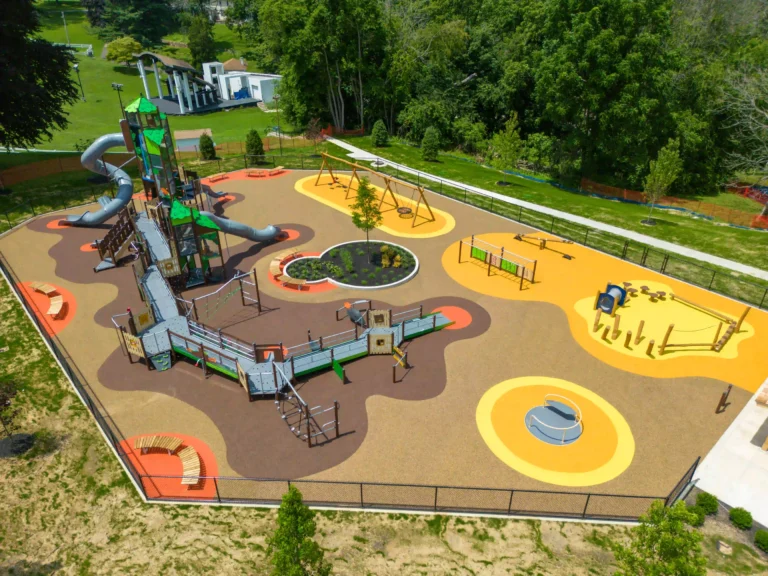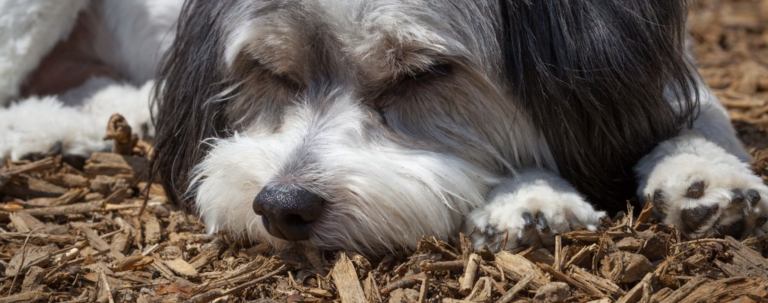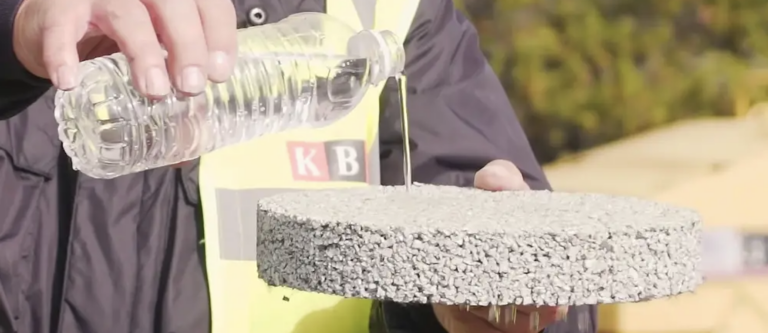When it comes to playground safety, the question often arises – “Does Pour in Place rubber get hot?” The short answer is yes, it can, especially when exposed to direct sunlight. However, the degree of heat absorption can vary based on several factors.
Pour in Place rubber is a popular choice for playground surfacing due to its durability, flexibility, and aesthetic appeal. Despite its potential to get hot, it’s still a preferred option for many playgrounds, thanks to its numerous benefits and the strategies available to manage its temperature.
In this comprehensive guide, we’ll delve deeper into what Pour in Place rubber is, explore the factors that influence its temperature, compare it with other surfacing materials, and discuss strategies to mitigate heat. So, whether you’re a playground owner, a concerned parent, or just curious, keep reading to learn more about this important topic.
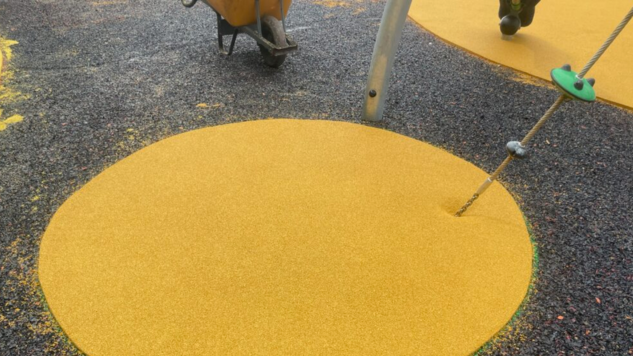
What is Pour in Place Rubber?
Definition and Composition: Pour in Place rubber is a two-layer system that is widely used for playground surfacing. The base layer consists of post-consumer recycled rubber, providing a strong foundation. The top layer is made up of virgin rubber granules, offering a softer, more flexible surface. This combination results in a surface that is not only shock-absorbent but also resilient, reducing the risk of injuries from falls.
Uses and Benefits: While playgrounds are a common application, Pour in Place rubber is also used in athletic tracks, pool decks, and other recreational areas. Its high durability means it can withstand heavy use and weather conditions, while its low maintenance requirements make it a cost-effective choice. The excellent shock absorption properties of Pour in Place rubber can significantly reduce the risk of injuries. Moreover, it is available in a variety of colors and can be molded into different shapes and patterns, allowing for creative and engaging playground designs.
Why Temperature Matters: However, like any material exposed to the sun, Pour in Place rubber can get hot. The surface temperature can affect the comfort of the users, especially during the hot summer months. Additionally, excessive heat can also affect the material’s longevity and performance. Therefore, understanding how hot Pour in Place rubber can get and how to manage its temperature is crucial for anyone considering this material for their playground.
Factors affecting the temperature of Pour in Place rubber
Color and Heat Absorption: The color of the Pour in Place rubber can significantly affect how much heat it absorbs. Darker colors, like black, absorb more sunlight and can get hotter than lighter colors. Therefore, choosing a lighter color for your playground surface can help reduce heat absorption, making the playground more comfortable for users.
Environmental Factors: Environmental factors such as the amount of direct sunlight, air temperature, and humidity can also influence the temperature of Pour in Place rubber. A playground surface in direct sunlight will get hotter than one in the shade. Similarly, on hot and humid days, the surface temperature can increase significantly. Therefore, considering the playground’s location and the local climate is important when choosing the surfacing material.
Material Thickness and Heat Retention: The thickness of the Pour in Place rubber can affect how long it retains heat. Thicker surfaces can store more heat and stay hot for longer periods, even after the sun has set. This is an important factor to consider, especially for playgrounds that are used throughout the day. Understanding these factors can help in planning effective strategies to manage the surface temperature, ensuring the playground remains safe and comfortable for users at all times.
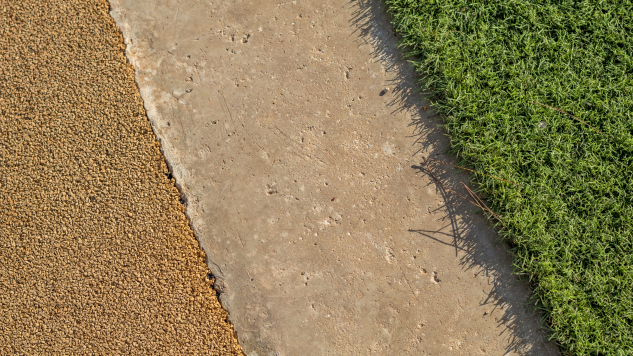
Comparisons with Other Surfacing Materials
Comparison with Asphalt and Concrete: Traditional playground surfacing materials such as asphalt and concrete have been used for many years. However, these materials can get extremely hot under direct sunlight, potentially causing discomfort or even burns. In contrast, Pour in Place rubber does not absorb as much heat, making it a safer choice during hot weather.
Comparison with Natural Grass and Sand: Natural materials like grass and sand are often cooler underfoot, but they lack the durability and shock absorption that Pour in Place rubber offers. Grass can wear down over time, especially in high-traffic areas, and sand can be easily displaced, leading to uneven surfaces that can cause trips and falls. Artificial turf, another popular choice, can also get hot in the sun, but it offers more durability than natural grass. However, it doesn’t provide the same level of shock absorption as Pour in Place rubber, making it less ideal for areas with high fall risks.
Comparison with Other Synthetic Materials: Other synthetic materials, such as rubber tiles and bonded rubber mulch, also offer good heat resistance. However, Pour in Place rubber has the advantage of providing a seamless surface, reducing the risk of tripping over edges or seams. It’s also more customizable in terms of colors and designs, allowing for more creative playground designs.
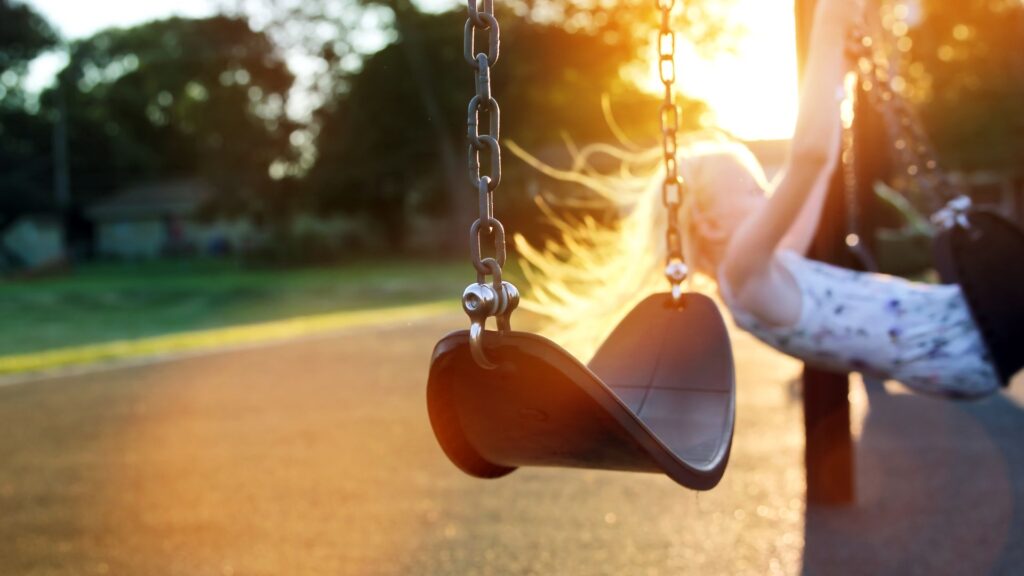
Mitigation Strategies
Choosing Lighter Colors: As mentioned earlier, lighter colors absorb less heat than darker ones. Therefore, choosing a light-colored Pour in Place rubber can help reduce the surface temperature, making the playground more comfortable for users.
Providing Shade: Installing shades or canopies over the playground can block direct sunlight, helping to keep the Pour in Place rubber surface cooler. Trees can also provide natural shade, but it’s important to consider the potential risk of falling branches and the maintenance required to keep the area clean and safe.
Using Water: Sprinkling water on the surface can help cool it down. However, this method requires regular maintenance and can make the surface slippery, so it should be used with caution. It’s also important to consider the local climate and water availability before implementing this strategy.
Conclusion
Throughout this article, we’ve delved into the characteristics of Pour in Place rubber, exploring its heat absorption properties, comparing it with other surfacing materials, and discussing strategies to mitigate heat. As you plan your playground, remember to consider these factors to ensure the safety and comfort of its users. Don’t hesitate to consult with professionals or visit a local showroom to explore your options. After all, a well-planned playground is a key step towards creating a safe, enjoyable space for children.

